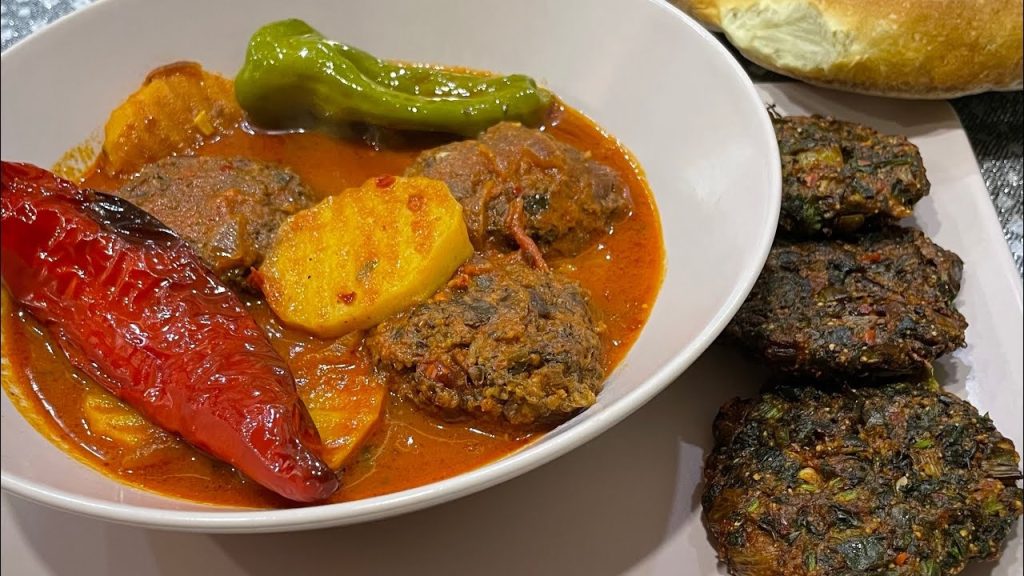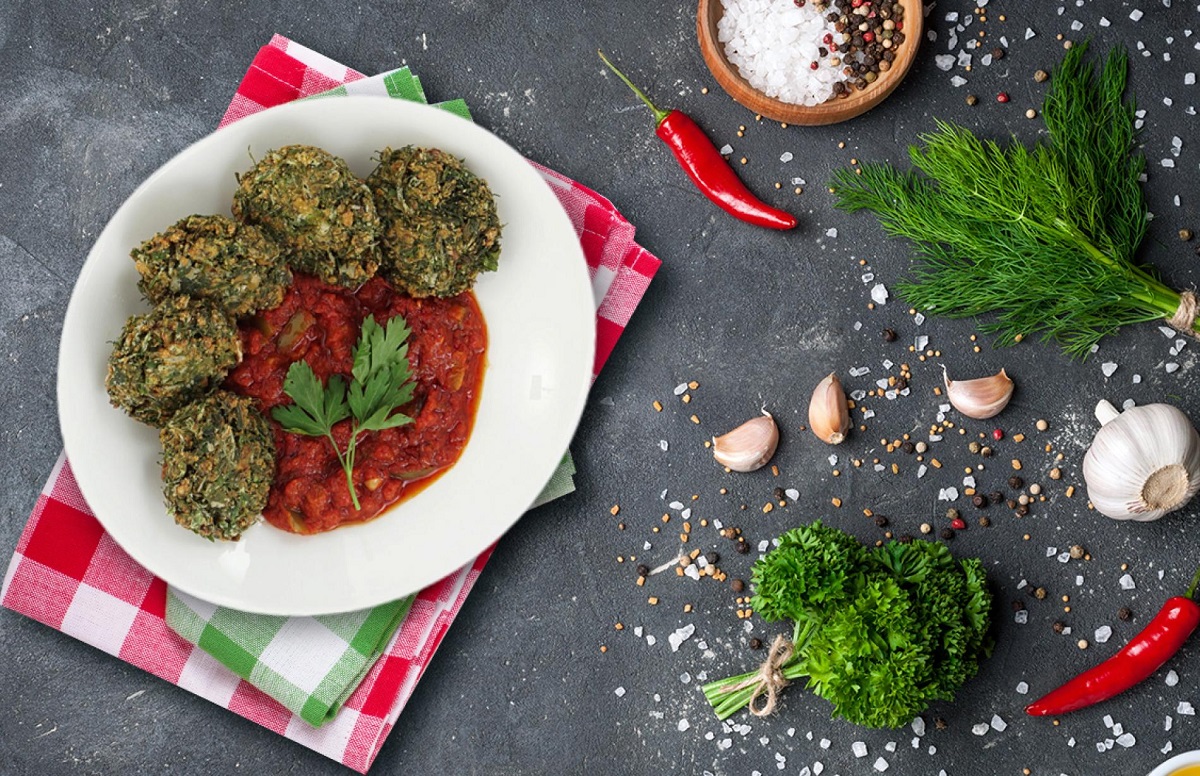Chbetia: A Traditional Tunisian Stew Rich in Flavor and Heritage
Contrary to common confusion, Chbetia is not a dessert but a hearty Tunisian dish made with chickpeas, meat, and spices, often served during religious or festive occasions.
In the landscape of Tunisian cuisine, rich in its diversity and historical layers, one dish that deserves attention is Chbetia (الشبيتية). Often misidentified as a dessert due to phonetic similarities with sweets like makroud or ghribia, Chbetia is, in fact, a savory stew-based dish, commonly enjoyed as a main meal.
What Is Chbetia?
Chbetia is a Tunisian meat and chickpea stew, slow-cooked with a blend of aromatic spices and sometimes served with vermicelli (chaariya), couscous, or bread. The dish is most associated with regions like Sfax or parts of the south, where legume-based meals are prominent.
It typically features:
-
Chickpeas (often pre-soaked and tender)
-
Meat – usually lamb, beef, or occasionally chicken
-
Garlic, onions, and tomato paste
-
Spices like tabel, cumin, black pepper, and turmeric
-
Sometimes, herbs like bay leaf or dried mint for added aroma
The dish is simmered slowly, allowing the flavors to deepen and the meat to become tender. The result is a warming, protein-rich dish perfect for both everyday meals and special family gatherings.

Cultural Significance
Chbetia is not only comforting, but also nutritious and symbolic. It’s particularly popular during:
-
Winter months, as it provides warmth and sustenance
-
Religious days or post-Ramadan meals, where legumes and protein-rich foods are prioritized
-
Large family lunches, where stews can feed many and are served with shared bread
It represents the rural ingenuity of Tunisian cooking, where basic ingredients are elevated through slow cooking and balanced seasoning.

Variations and Additions
Depending on the region and household, variations of Chbetia may include:
-
Potatoes or carrots added for more bulk
-
A spoon of harissa or fresh chili for spice
-
A touch of lemon juice or vinegar added at the end for acidity
-
In some homes, it may be topped with fried vermicelli or served with barley-based couscous
Chbetia is a beautiful reminder that not every beloved Tunisian dish needs to be internationally famous to matter deeply in its place of origin. This humble yet flavorful stew is a pillar of home cooking that connects Tunisians to their heritage, especially in regions where legumes and hearty meals are at the center of daily life.



